- Metal 3D Printing Guide: What It Is & How It Works [2024] - February 5, 2024
- Metal Injection Molding: What It Is & Top Alternatives [2024] - January 11, 2024
- 11 Fastest 3D Printers on the Market (Industrial and Desktop) [2023] - December 11, 2023
As 3D printing continues to evolve, the technology demonstrates increasing potential for various aspects of manufacturing, including tooling for injection molding. While traditionally a complex and time-consuming task, the use of 3D printed tooling for injection molding can make prototyping, mold verification, and low-volume manufacturing more efficient.
However, it’s also important to understand the extent to which injection molding and 3D printed tooling can impact the additive manufacturing sector. This article will review what injection molding is, its applications, and when you might want to try 3D printed tooling for injection molding.
What is Injection Molding?
Injection molding is a manufacturing technique capable of producing detailed parts at high volume with precision and repeatability.
The injection molding process involves the use of molten material, often plastic, injected into a mold or cavity under high pressure. The mold, usually constructed from materials such as steel or aluminum, determines the final product’s shape. Once the material is injected, it cools and solidifies inside the mold. After the material has hardened, the mold opens, and the completed part is ejected and ready for any further processing.
Additionally, injection molding accommodates a range of materials, from common plastics such as ABS and HDPE to more exotic composites like carbon-filled PEKK or versatile TPUs. This versatility facilitates the manufacturing of products with varying properties, such as strength, flexibility, and resistance to heat and chemicals.
Why 3D Print Molds?
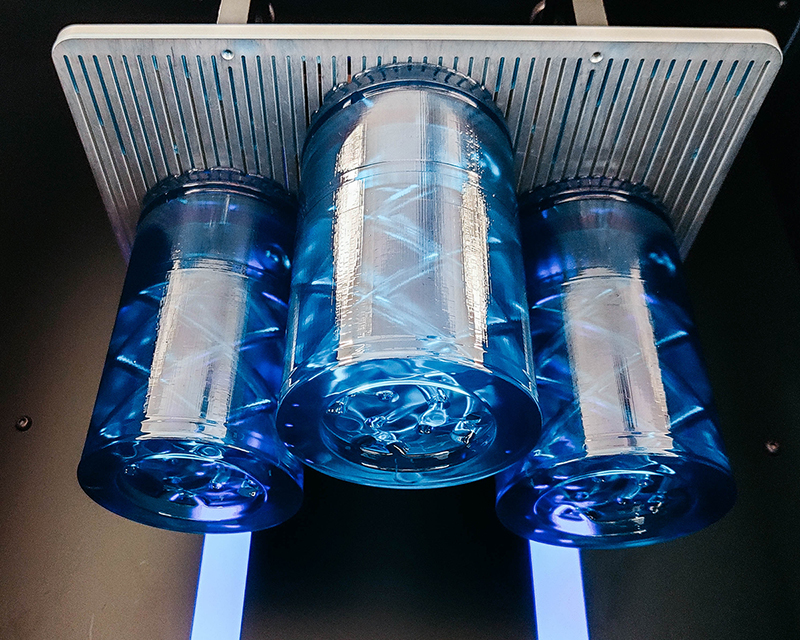
Nexa3D Freeform Injection Molding
While injection molding has its advantages, its applications for 3D printed tooling must be accurately contextualized. 3D printed molds are primarily beneficial for prototyping, mold verification, and low-volume manufacturing. In certain cases, they can also be employed in high-volume mass customization scenarios, but that’s not often the best fit.
One aspect where 3D-printed molds can definitely provide advantages is in reducing lead times. Traditional mold-making processes might span weeks or months, depending on the design’s complexity. With 3D printing, this timeframe can be shortened to days or even hours, which facilitates quicker turnarounds and improved productivity.
Traditional manufacturing methods may also find complex geometries difficult and expensive to produce. 3D printing can create molds with intricate designs without a significant increase in costs, making it a viable option for complex low-volume parts and high-volume customizations.
Here are some other benefits of 3D printed tooling for injection molding:
- Reduced material costs: Traditional mold making uses subtractive manufacturing techniques to turn large blocks of metal into the desired shape, which can result in wasted material. With 3D printing, you can create molds or parts with just the amount of material needed, reducing material costs significantly.
- Less complex machinery: The traditional method of injection molding involves a variety of complex machines for different steps of the mold-making process. With 3D printing, most of the process can be done using a single 3D printer, significantly reducing the need to invest in multiple machines.
- Elimination of storage costs: 3D printed molds can be created on-demand from digital files, reducing the need for significant storage space.
Injection Molding Process
The injection molding process is a systematic sequence of events, a journey from the initial design to the final product.
1. Determine If Your Product Is a Good Fit
The first step in the injection molding process is determining if your part design is suitable for injection molding. This crucial stage requires careful evaluation of various factors: the complexity of the design, dimensional tolerances, and the intended production volume are all critical aspects to consider.
Not all designs are suited for injection molding. Specific geometries and undercuts may complicate the mold-making process and low production volumes may not justify the initial investment required for creating the molds. Hence, conducting a feasibility study of the design is essential to ensure it’s a good fit for injection molding.
2. Create the Mold
The second step involves creating the mold. The mold is the negative of the final product and is typically made from steel or aluminum.
3. Fill the Mold
The third and final stage involves filling the mold with the chosen material. In this step, the material is first heated until it reaches a molten state. The molten material is then injected into the mold under high pressure.
Once the mold is filled, the material is allowed to cool and solidify. The mold is opened after the part has hardened, and the newly formed part is ejected.
Types of Injection Molding
Injection molding is not a one-size-fits-all process. There are several types, each with unique characteristics, advantages, and disadvantages.
1. Freeform Injection Molding
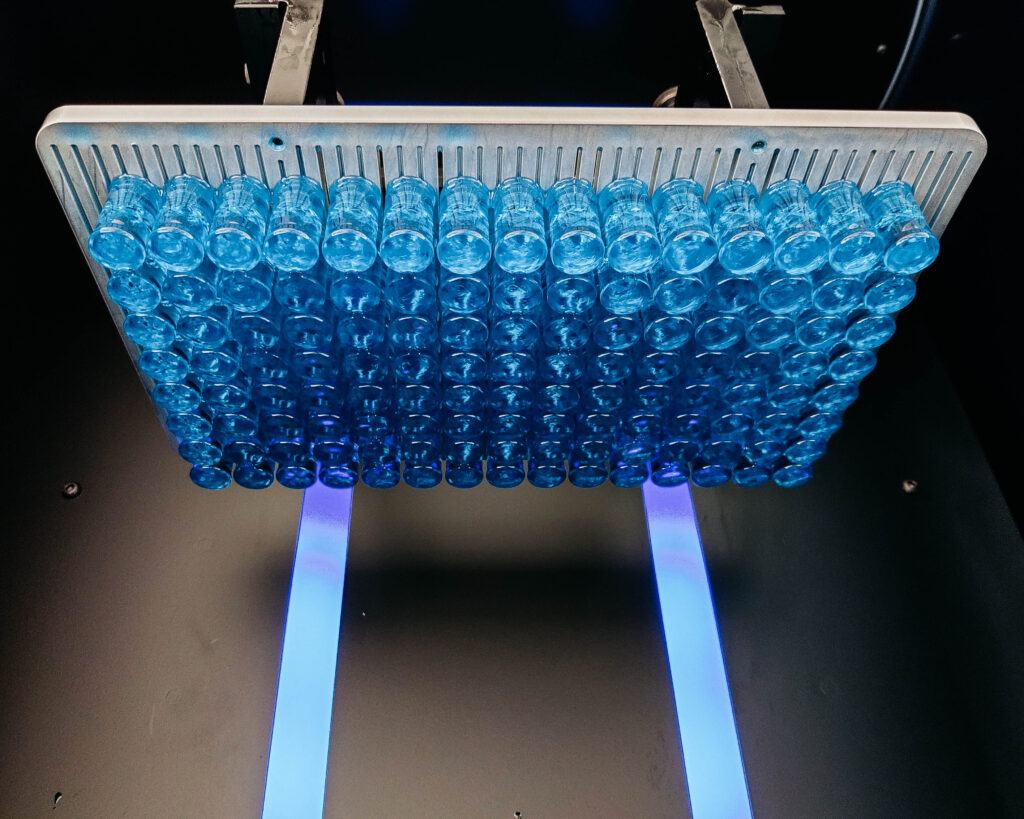
Freeform injection molding (FIM) is a new technique developed by Nexa3D that combines 3D printing with injection molding: it speeds up injection molding by 3D printing the molds into which the materials are injected. Nexa3D is a 3D printed tooling pioneer that helps users to additively manufacture complex injection mold tooling in hours instead of weeks or months.
Here’s how it works:
- Freeform Injection Molding begins with a CAD file of the part to be molded.
- The design is converted to a mold–a process that is sped up further by automated software called a “mold generator.”
- The user evaluates the mold design and can quickly make changes and iterate new versions if the first one is not satisfactory.
- Once satisfied, the mold is 3D printed and post-processed.
- Then the injection molding process can begin.
Nexa3D’s industrial NXE 400Pro 3D printer is a great option to print injection molding tooling. Because of the size and speed of the NXE 400Pro, FIM is now several times faster and can operate at a truly industrial scale.
With Freeform Injection Molding from Nexa3D, a design can go from file to finished part within 24 hours. On average, the whole iteration cycle takes about one to three days–and can be tens of thousands of dollars cheaper than it would be if they needed to order tools from elsewhere.
Pros:
- Molds can be made quickly and at a lower cost
- Ideal for complex designs and geometries
- Allows for easy design changes
Cons:
- Not as durable as traditional molds
- Limited production run capability
- The material choice for molds is limited
Best for:
Freeform Injection Molding is best suited for projects that require a high degree of customization and design complexity, particularly for prototyping and small-batch production. The speed and adaptability of this method make it ideal for industries where design iterations are frequent and the timeline is tight.
2. Conventional Injection Molding & Tooling
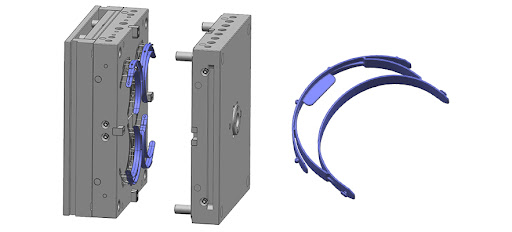
Conventional injection molding has been the industry standard for many years. It uses a high-pressure injection system to force molten material into steel or aluminum molds. These molds are made with a negative image of the desired part.
Pros:
- High repeatability and consistency
- Suited for high-volume production
- A wide range of materials can be used
Cons:
- High upfront costs for mold creation
- Not very suitable for complex geometries
- Modifications to the mold can be time-consuming and costly
Best for:
Conventional injection molding is best suited for projects requiring large production runs. It is ideal for producing identical parts with high precision and quality, especially when the design is relatively simple, and the production scale can justify the increased initial investment.
3. 3D Printed Plastic Injection Molding & Tooling
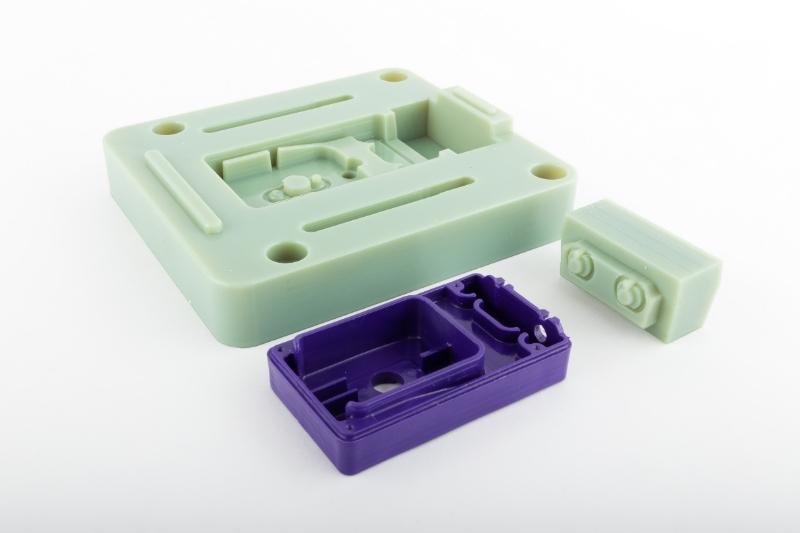
3D printed plastic injection molding utilizes a 3D printer in the mold creation process. In specific scenarios, this method can potentially reduce the time and costs compared to traditional mold-making, particularly with complex designs. However, most processes are compatible with only a few polymers and do not necessarily produce consistent results. Freeform Injection Molding is a much better option if speed, accuracy, and wide material compatibility are of importance.
Pros:
- Faster and cheaper mold production
- Flexibility in design modifications
- Ideal for mold verification and prototyping
Cons:
- Not as durable as traditional molds or FIM molds
- Limited to the use of a small number of thermoplastics
- Lower production volume compared to conventional methods
Best for:
3D printed plastic injection molding can be particularly effective for prototyping. It can also be a viable option when the design requires frequent changes, given the flexibility that 3D printing technology can provide under these circumstances.
4. 3D Printed Metal Injection Molding & Tooling
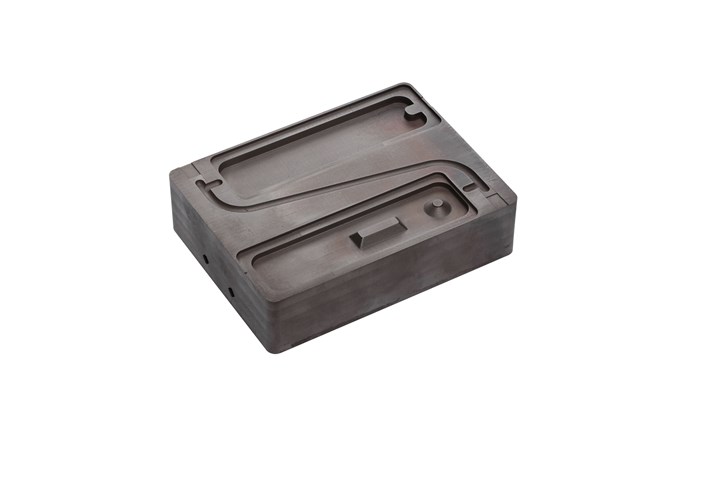
3D printed metal injection molding combines the benefits of 3D printing with the advantages of metal injection molding tools. The process uses metal powder to create the mold. Leveraging 3D printing can enable performance enhancing features like conformal cooling channels for optimal performance.
Pros:
- Can create highly complex and durable molds
- Faster production times compared to conventional metal molding
- High precision and detail
Cons:
- Higher costs compared to plastic 3D printing
- Requires post-processing to remove the binder
- Limited to materials that can be powdered
Best for:
3D printed metal injection molding is well-suited for industries requiring robust, durable parts with complex geometries, such as the aerospace or medical sectors.
Use the Best 3D Printed Technology for Injection Molding
If you need to produce an extremely high volume of parts out of a wide range of materials, it’s probably best to use conventional injection molding. But, if you’re making prototypes, verifying molds, or have a low-volume manufacturing project, 3D printed tooling can make the process more affordable and efficient.
This is particularly true when using FIM. Freeform injection molding combines the specific advantages of 3D printing technology with the established efficiency of traditional injection molding.
When powered by Nexa3D, freeform injection molding is faster, more affordable, and more sustainable. It offers 15% of the cost, 12% of the time, and a 75% reduction in carbon emissions compared to traditional steel tooling.
